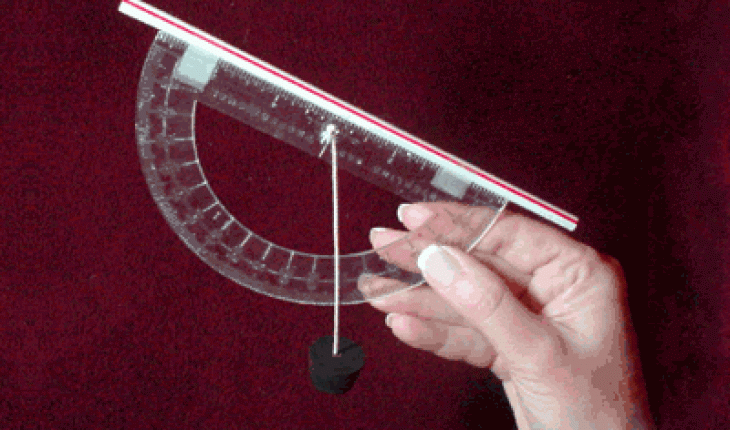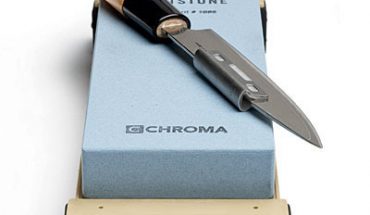Distant objects like trees or buildings can be hard to measure, but by using a clinometer, you’ll be able to evaluate their sizes correctly. The unit employed in clinometers will vary depending on the product. However the basic process for utilizing them is the same.
Putting the Clinometer to Work
Begin by gauging the distance (the baseline distance) towards the object. Call this point b. Bear in mind that some clinometers may ask you to employ a precise baseline distance. Others will just require you to input the distance. If your clinometer has a range finder, you can calculate the baseline along with the sighting.
Hold the clinometer. Make sure the correct side faces up. This will be indicated in the user manual. To start using a clinometer, gaze into the viewfinder. You’ll be using one eye. If your eyes are aligned with one another, you can obtain a reading with both open.
Making a Reading
Read the angle on the viewfinder. A percentage expressing the angle is set on the object through the viewer. In this sample, you’re viewing the object from the top, so the angle is inclined. The expressed value will be positive. For this example, the angle will be called “At”.
Note the percentage given for the angle’s bottom. This is the decline. Its value is set to negative. For this example, call it “Ab”. Compute the height: h = b ( At = Ab). When using a clinometer, calculate in this manner.
Assume point b is 80 ft and the incline angle is 67%. If the decline is at 7%, then the formula is 80 (.63 — (-.07)) = 80 x .7 = 56 ft.
How to Make a Protractor Clinometer
Get a 180 degree protractor and tape a straw close to the straight edge. This would allow the straw to align with 0 readings and pass through a hole. Fasten a string through the hole.
This will be on the straight edge by the 0 degree marks. If there
isn’t a hole, make one. Tape the string around this section. When using a clinometer, make sure the string hangs from the device.
Connect a washer to this string. Now look for an object and sight it from the straw. The point where the string meets the scale is the elevation angle. If you’re near the object, the angle will be around 90 degrees.
Tips and Warnings
If you use the protractor clinometer, it’s best if you have a helper. Your friend can sight through the straw and you can assess the string position. Be careful when you walk with this device in your eye. If you fall, you could get hurt.
The accuracy of clinometers varies greatly. For the most accurate results, get an electronic clinometer. Make sure you know the features of the device before using it to make computations.
Keep in mind that these devices are not built the same way. Before you start using a clinometer, study the manual so you’ll know exactly what the apparatus is capable of.





